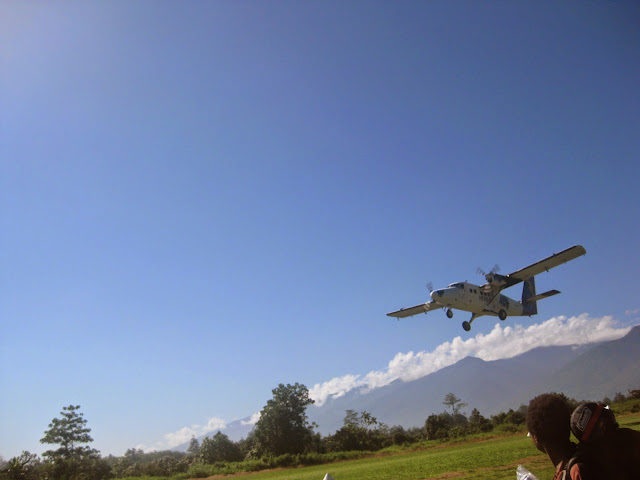New teachers and those who do not know how you are paid, you are paid up Scales of 1 - 12 (TS1 – TS12) and across Grades 1 - 7. In other words, you move up the Pay Scale and along the Pay Grade. It can happen simultaneously or one at a time.
Salary Fixation Agreement 2014 – 2016 Teachers Pay Scale and Pay Grade
Click on the link to see the latest pay increase for PNG Public Servants 2022 - 2024
 |
| PNG Public Service Pay Scale |
A review of teachers’ salaries conducted in 2013 agreed to a 33% rise in base pay over three years, 2014 - 2016. The increment came at the back of an increase in the number of students and teachers increased workload; as well as the increasing prices of goods and services. The increment was, in fact, an agreement set in stone and effective as of the first pay of 2014.
By now all teachers, from preprimary to primary and secondary schools, should be paid the agreed salaries at 2016 rates.
An additional Service Allowance of 10% was also accorded to teachers and matured in 2016. This additional increase means that between (and inclusive of) 2014 and 2016 teachers’ total salaries (TOTAL SALARY = BASE SALARY + SERVICE ALLOWANCE) increased by 43%.
Teachers, perhaps it is important to know your pay scale and pay grade. Knowing the two will help you to determine whether you are receiving the right salary or not. The diagram shows the increase – take particular note of 2016 salaries.
#PNG teachers' salary scale: by now all teachers nationwide should be receiving the correct pay package according to the agreement. pic.twitter.com/nVVCBP9NdY— PNG Insight (@PNG_Insight) May 27, 2017
PNG teachers pay increase
The Teaching Service is now accountable to teachers after the three years, 2014-2017. The TSC has got to do its work right. At the moment, two questions needed answers from the commission, TSC:
1. Are the teachers paid at 2016 pay grade?
This is a serious question and only teachers and school administrators know whether they received the promised increase or not. Make it your agenda in school staff meetings. Confirm your pay scale and pay grade. Make sure you are paid your dues.
If you are sitting on a confirmed position (by this I mean a confirmed pay scale and pay grade); and not paid the right amount, raise it immediately and asked for a back payment.
Note: Do not waste your time if you are acting on a substantive level. Do not try to claim at that pay scale as you will not be entertained.
2. When is another review due?
According to the Teaching Service Fixation Agreement 2014-2016, another review was due on the 1st of January 2017. I hope TSC has not gone to sleep on it.
This review has to be considered urgent. It is already overdue. The TSC, Education Secretary and Education Minister (in the new government after the June elections) must make it their number one priority.
Having said that, the TSC commissioner and Education Secretary should initiate the review NOW. They shouldn’t wait. Another 3-year review (2018-2020) has to be swiftly done and submitted to the new education minister as soon as s/he is appointed to the role in the new government.
All in all, increasing the price of goods and services and overcrowding in classrooms; capped off with a mountain of work, teachers deserve another pay increase. TSC must think right – take the lead, and urgently initiate a review of teachers’ salaries, service allowance and leave entitlements.





